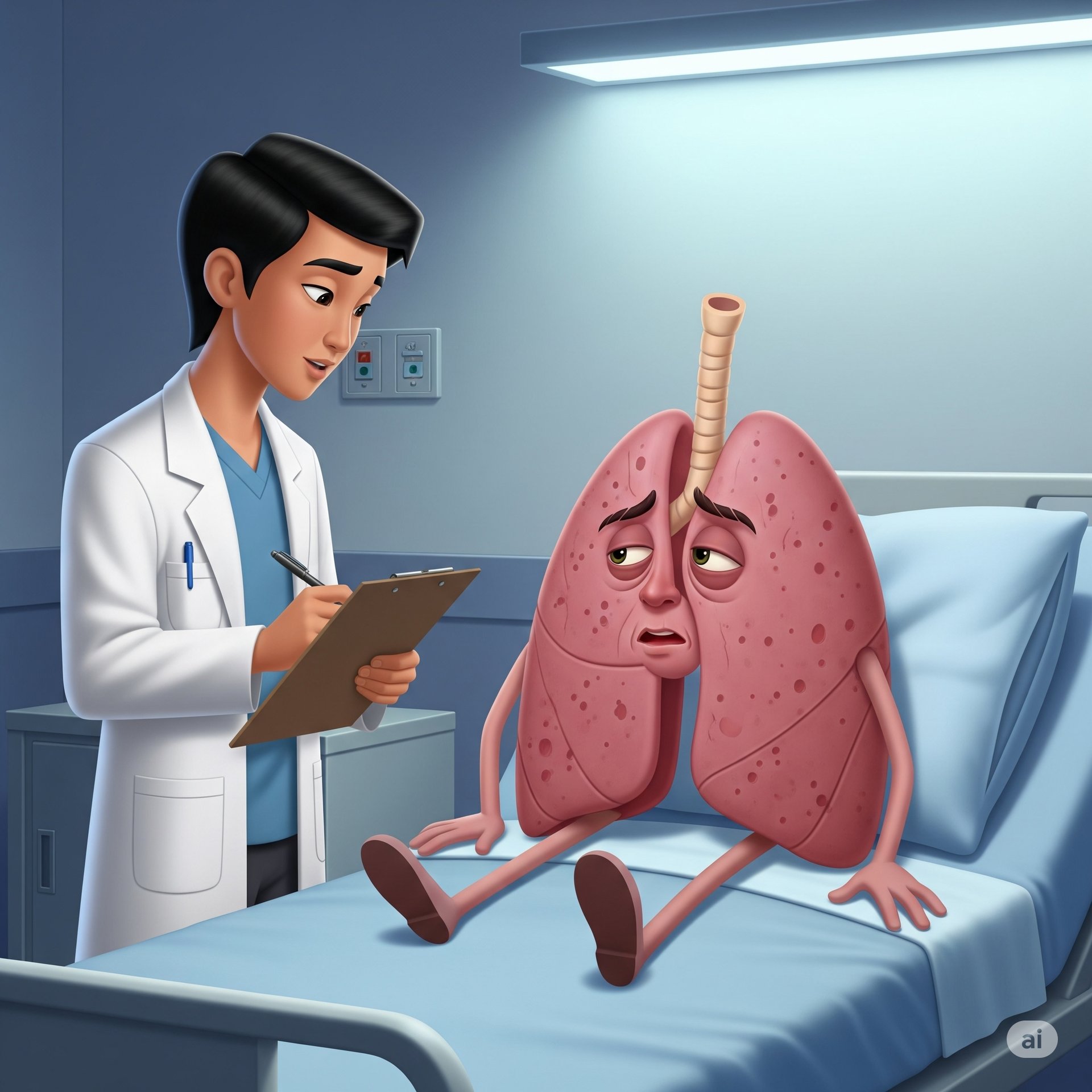THEMEDPRACTICALEXAM.COM

Palpation of the Respiratory System – Structured Approach
1. Confirm Inspectory Findings
Always confirm any abnormalities observed during inspection, such as:
Chest wall asymmetry
Scars
Swelling
2. Local Rise of Temperature
Gently palpate the chest wall for localized areas of warmth.
Local temperature increase may suggest infection or inflammation.
3. Tenderness
Systematically palpate the chest wall, ribs, and intercostal spaces to identify any tenderness.
4. Position of Trachea
Palpate the suprasternal notch to assess whether the trachea is central or deviated.
5. Apex Beat
Palpate at the 5th intercostal space, midclavicular line to:
Locate the apex beat
Note any displacement
6. Jugular Venous Pressure (JVP)
Assess the JVP at the root of the neck, especially if there are signs of right heart involvement.
7. Chest Movements
Place hands symmetrically on the anterior and posterior chest.
Ask the patient to breathe deeply to assess for equal chest expansion.
8. Chest Measurements
Measure and compare the anteroposterior (AP) and transverse diameters of the chest.
9. Chest Expansion
Measure the difference in chest circumference between full inspiration and expiration to assess chest expansion.
10. Tactile Vocal Fremitus
Use the ulnar border of your hands on various regions of the chest (supraclavicular, infraclavicular, mammary, inframammary, axillary, infraaxillary, suprascapular, infrascapular, interscapular).
Ask the patient to repeat "ninety-nine" or "one-one-one" to detect changes in fremitus.
11. Hemithorax Expansion
Compare the expansion of both sides of the chest during inspiration.
12. Spino-Acromion Distance
Measure the distance from the spinous process to the acromion on each side to check for asymmetry.
Summary:
A systematic palpation of the respiratory system involves confirmation of inspection findings, assessment for local temperature and tenderness, evaluation of tracheal and apex beat position, examination of chest movement and expansion, and measurement of tactile vocal fremitus and symmetry. This thorough approach ensures relevant and clinically useful information is obtained.